Introduction
In 1880, Tchaikovsky returned to Russia after staying for a while in Paris. In that same year a serious family mourning, the death of his father, led him to a state of profound physical and mental prostration (further aggravated by chronic alcoholism), from which he was saved only by his creative activity. In such a difficult period, he managed to complete four important works: the second concerto for piano and orchestra, the Italian Capriccio, the 1812 Overture (which he personally never liked), and the Serenade for string orchestra in C major.
Tchaikovsky was particularly pleased with the Serenade for strings from the very first moment; it is in fact a composition carrying a certain sense of serenity rarely found in his other works. In a letter to his benefactress Nadežda von Meck, Tchaikovsky noted:
“I composed this serenade animated by the impulse of an intimate conviction … it is a piece that comes from the bottom of my heart and I like to think that for this reason it is not without of real quality”.
The serenade was first performed privately on November 21 (December 3) 1880 at the Moscow Conservatory by an ensemble of professors and students to surprise Tchaikovsky, who was returning there for a visit after a long absence.
The first public performance took place in St. Petersburg on 18 (30) October 1881, at a concert of the Russian Musical Society, under the direction of Eduard Francevič Napravnik.
The serenade became one of the compositions that Tchaikovsky loved to include in the programs of his tours in Europe, confirming the fact that he considered it one of his most successful and musically valid works.

Émile Reutlinger, Tchaikovsky in 1888
Originally the serenade was conceived for a string quintet – 2 violins, viola, cello, and double bass. However, later Tchaikovsky decided to proceed with an overall expansion of the original project. On the second page of the score, Tchaikovsky wrote, “The larger number of players in the string orchestra, the more this shall be in accordance with the author’s wishes.”
The piece is structured in 4 movements: a Pezzo in forma di sonatina (Andante non troppo – Allegro moderato), a Waltz (Moderato – Tempo di Valse), an Elégie (Larghetto elegiaco), and a Finale: Russian Theme (Andante – Allegro con spirito).
Tchaikovsky – Serenade for strings
Should you need a score you can find one here.
Andante non troppo
An homage to Mozart and classicism, the first movement takes the structure of the sonata form: an exposition with 2 themes, a development, and a recapitulation. Everything is framed by a slow introduction and a coda. With, in this case, one exception: the development is missing.
The theme of the introduction – which will return both at the end of this movement and at the end of the entire serenade – is based on a descending scale. It was peculiar of Tchaikovsky to write themes only based on a scale (we’ll also see that in the next movement). In fact, he even made a bet once over it. The result was one of the most famous themes of the Swan Lake ballet.
Technical tip
Something that happens most often than not is the uncontrolled volume of the opening: it’s written sempre marcatissimo, it’s broad, and string players have a field day with it.
So much that often the forte dynamic is ignored, everything is played fortissimo, and there is no room for the crescendo on bar 5. So, make sure to control the dynamic right from the start or you will have no place to go.

For a technical analysis, along with some exercises, take a look at this other video
An upward scale of the cellos and basses takes to a repetition of the theme, an octave lower, ending on a chord in triple forte.
The same scale is retaken by the first violins, 2 octaves higher, in legato, bringing up a third iteration of the theme. This time, the atmosphere starts to change: no double basses, no double stops, cellos in a higher register, legato instead of marcato. Moreover, the phrase is not finished but left suspended. And repeated an octave lower
The suspense continues: dynamics gradually go down to piano and pianissimo, ending the introduction on an E major chord.
Thinking in classical terms: are we modulating to A minor?

Oops...
This content is available for free with all memberships.
Already a member? Login here.
Not a member yet? Subscribe today and get access to more than 80 videos, scores analysis, technical episodes, and exercises.
Allegro moderato
Exposition – First theme
We are not. In fact, the Allegro returns to an open and serene C major. Notice though the presence of the F# in the first few bars: the Lydian mode gives it a sense of uncertainty, just for a moment
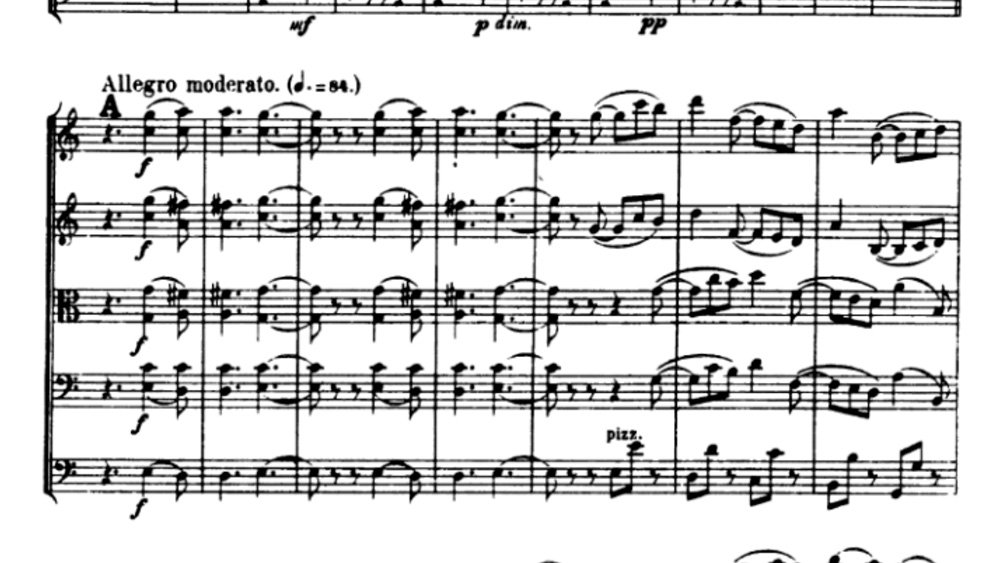
When the phrase ends, it is not repeated right away. Instead, at letter B, we enter a C minor parenthesis where the head of the theme is still clearly recognizable.
Look at the cello part: it cleverly anticipates the second theme with the use of 16th notes. If you are conducting this piece, this is a section to keep under consideration when determining your tempo.

The 8 bars phrase is repeated and then we are back to C major.
The nervousness of the 16th notes played by the cellos in the previous sections turns into excitement: violas and second violins adopt them to interject the various reiterations of the theme’s cell
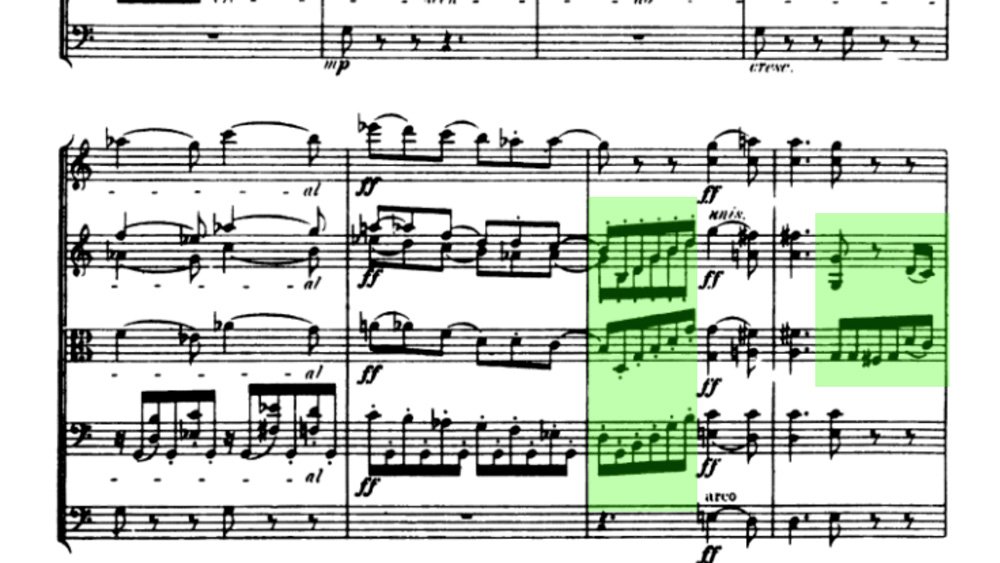
At letter C we go back to a darker place: on a G pedal of the double basses, the head of the theme moves back and forth between cellos and violins while the 16th notes create a great acoustic effect bouncing from section to section.
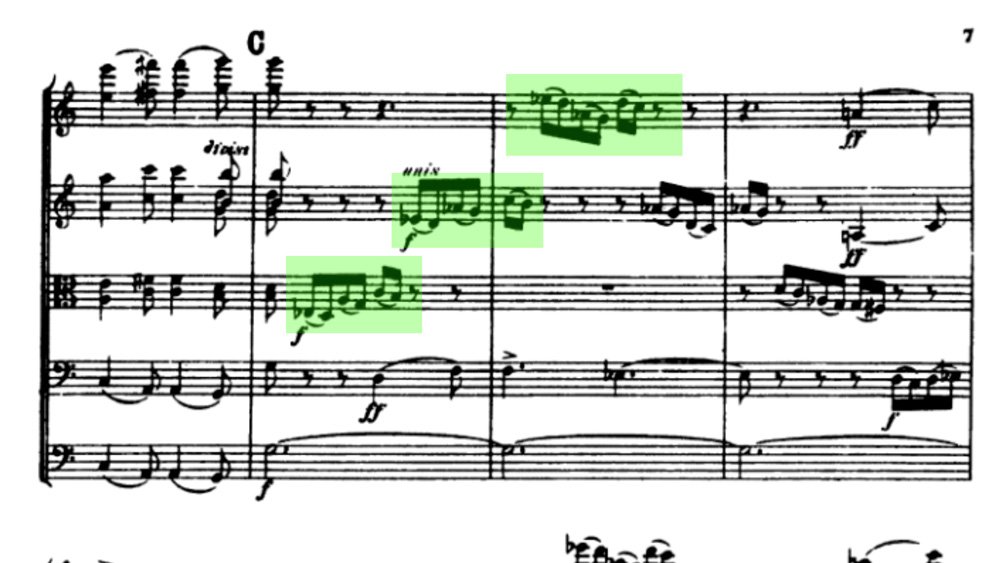
The progression rises for 8 bars, reaching a triple forte, and falls back down to a low G, keeping the same dynamic. As I’m sure you’ve noticed, the structure of the phrases itself pays tribute to classicism, as they are all built on 4 or 8 bars.
Recapitulation
As previously mentioned, the development section is missing. Tchaikovsky proceeds to the recapitulation right away, bringing the second theme back to the home key.
The very end of the movement brings back the opening introduction. Notice now the change in dynamics: it’s fortissimo, with no diminuendos, and grows bigger to a triple and finally a quadruple forte on the last chord.
Moderato – Tempo di Valse
The second movement contains one of the most graceful and successful waltzes ever written by Tchaikovsky; it almost seems to anticipate the Allegro con grazia of the sixth symphony, but here the dance takes on a lighter and more carefree character, without the moments of restless introspection typical of the other composition.
The structure is a clear ABA with a coda. The theme is played by the first violins in piano, very graciously
Larghetto elegiaco
The elegy maintains the elegant transparency of the voices already heard in the previous movement but the music takes on a more serious and meditative tone and the purely Slavic spirit that is imbued in the entire work is more evident.
The meditative tone is clear from the first bars. Again, the idea is formed on a scale. Double in this case: while the violins and violas move up, cellos and basses, in moto contrario, move downwards. Harmonically, we don’t really know where we are. Meaning: the key signature suggests a D major (or a B minor) but the first chord is a E minor 7.
Tchaikovsky hints towards a minor key till the end of this introduction where we clearly land on D major.
The Poco più’ animato introduces a lovely, romantic cantabile theme. Two bars of pizzicato and the first violins start singing out
The following section sees the pizzicato turn into arco. The 8th note triplets accompany a dialogue between first violins and cellos reaching a forte and then going back to the piano dynamic to start over
The second iteration grows to a fortissimo with a poco a poco diminuendo right after. The violas take the lead in the end moving back to the main theme. Notice how this all passage – starting at letter A – develops on a pedal of A in the double basses
The second iteration changes once again: the violins take the lead, in octaves, while the cellos answer; the violas provide the accompaniment in 16th notes, and the double basses sustain the harmony and the whole structure from the bottom.
After the broad fortissimo things calm down very gradually. Notice the use of the mute here to change the color. The first violins take back the spotlight with a recitative-like moment, all by themselves
Finale (Russian theme)
Andante
In the Serenade’s finale, the opening Andante section includes the folksong ‘On the Green Meadow’ (А как по лугу), and the main theme of the ensuing Allegro is the folksong ‘Under the Green Apple Tree’ (Под яблонью зеленою). Both of these tunes had previously been arranged by Tchaikovsky as Nos. 28 and 42 respectively of Fifty Russian Folksongs (1868-69).
The atmosphere is still ethereal opening lightly without cellos or basses. Violins and violas are suspended on a D, for a few bars, and so are the violas, entering on the 3rd bar. Their dialogue is carried out in a carefree mood
Allegro con spirito
The head of the theme we just heard now fully develops. At first, played by the first violins, is accompanied simply by the other sections on every beat.
The second time the phrase is enriched by small scales alternated by violas and second violins. Cellos and basses join contributing to the crescendo, and the theme is played again in forte and then fortissimo once it passes to the cellos and basses landing on a transition to the second theme.
Again, Tchaikovsky anticipates an element: the accompaniment this time, in the violins, while the cellos sing out the melodic part. We moved to the key of Eb major
The roles are swapped: while the violins take the melody, cellos and violas add a counterline underneath. At letter C, the first theme is back, again in the low register, while the violins insist on the head of the second theme. Various elements are disrupted in a section that has the flavor of a development
Through a series of modulating passages, we end up again on C major preparing for the recapitulation.
Shortly after we are taken to the second theme, which remains, now, in the home key. The recap proceeds as usual until we get to the end of it where Tchaikovsky transitions to the coda. The coda is, in fact, built on the exact same material as the beginning of the Serenade, circling back to the first movement
Technical tip
This final movement, in the Allegro, requires extreme precision. During the more rhythmical parts, the less you move the better it is.
The more you conduct from your wrist only, the easier it is to follow. On the other hand, you can switch in one on the second theme and take full advantage of the lyrical line.

For a technical analysis, along with some exercises, take a look at this other video
Its final part is used to create an accelerando and the first theme of this finale is back. The tempo turns to a Più’ mosso closing the Serenade with great energy.


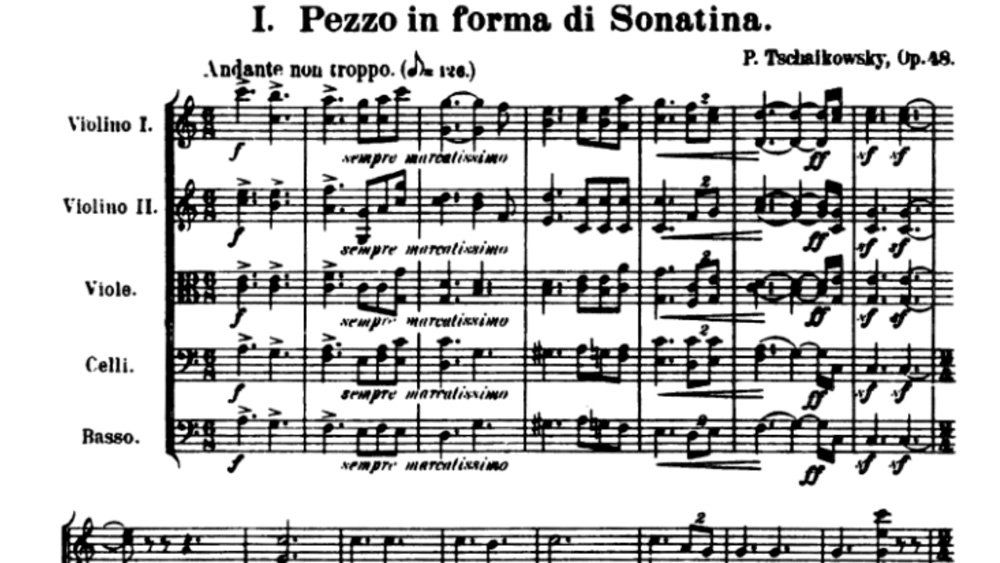
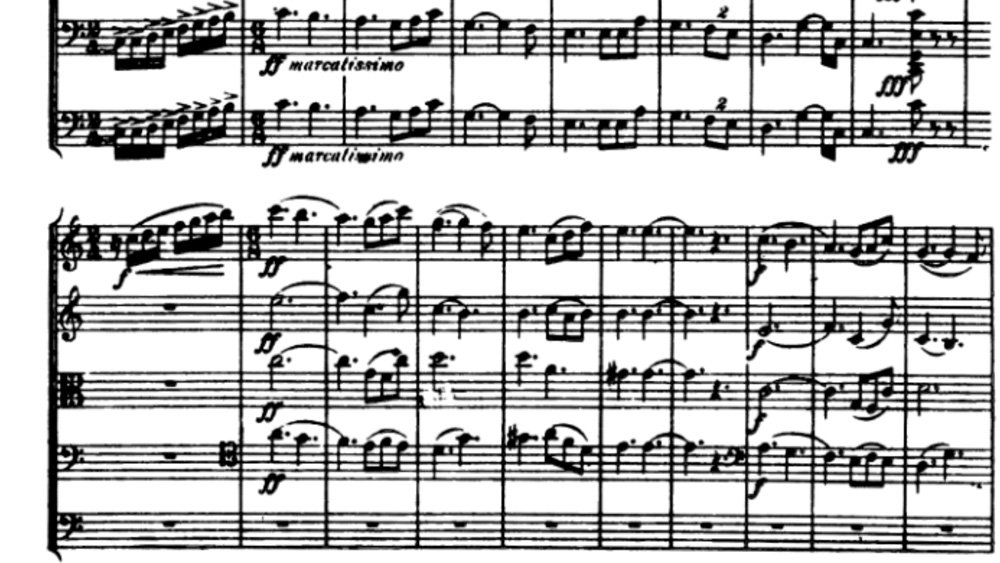

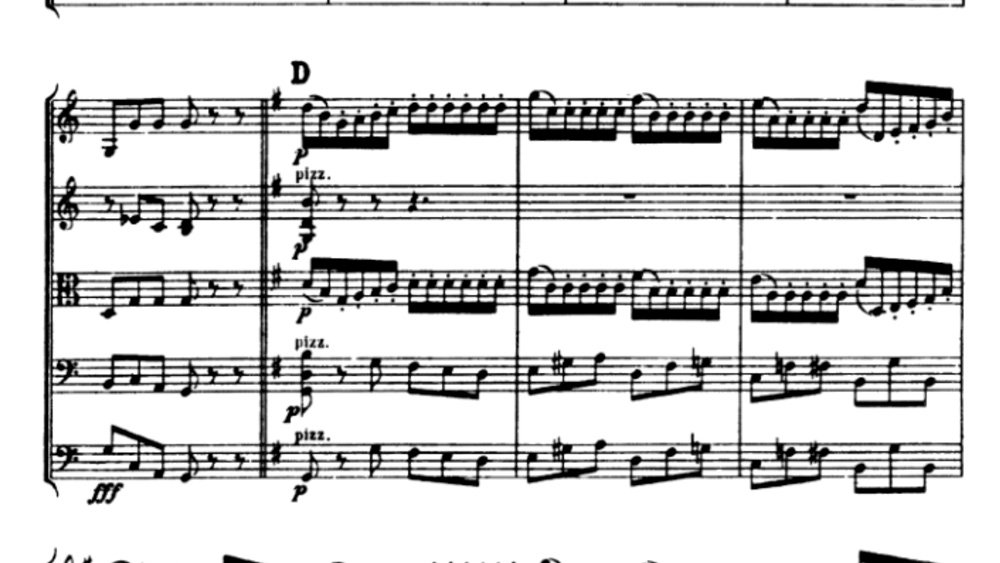
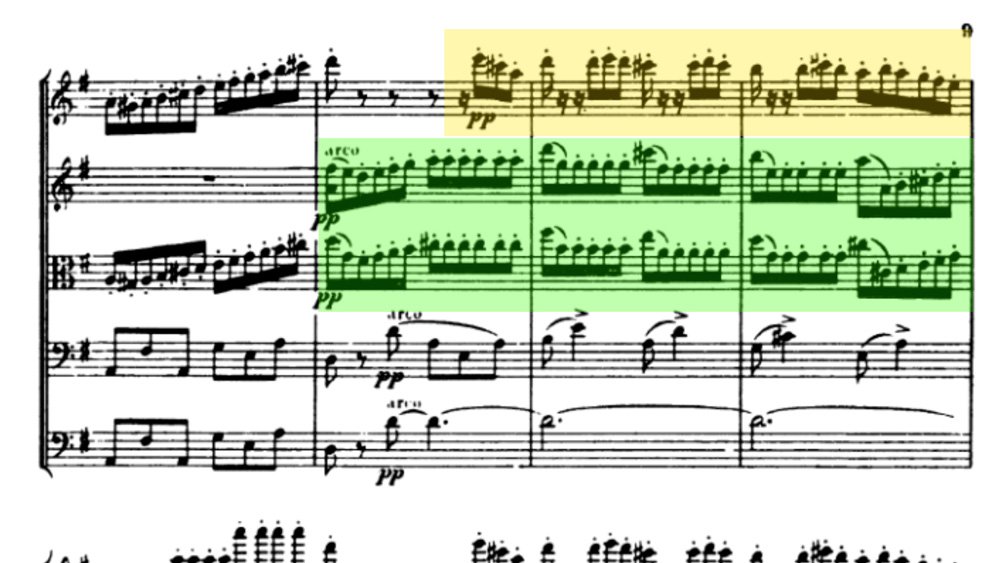

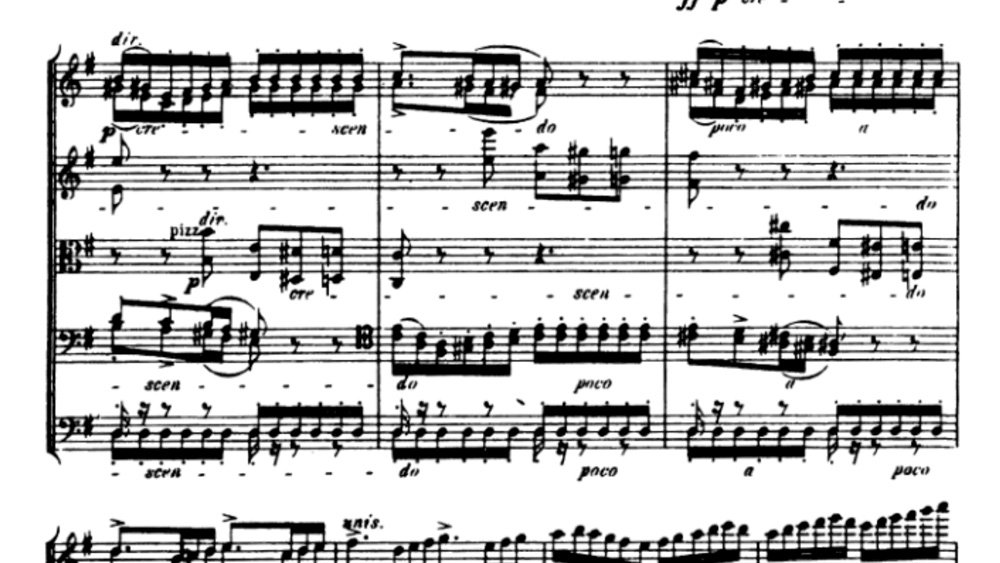

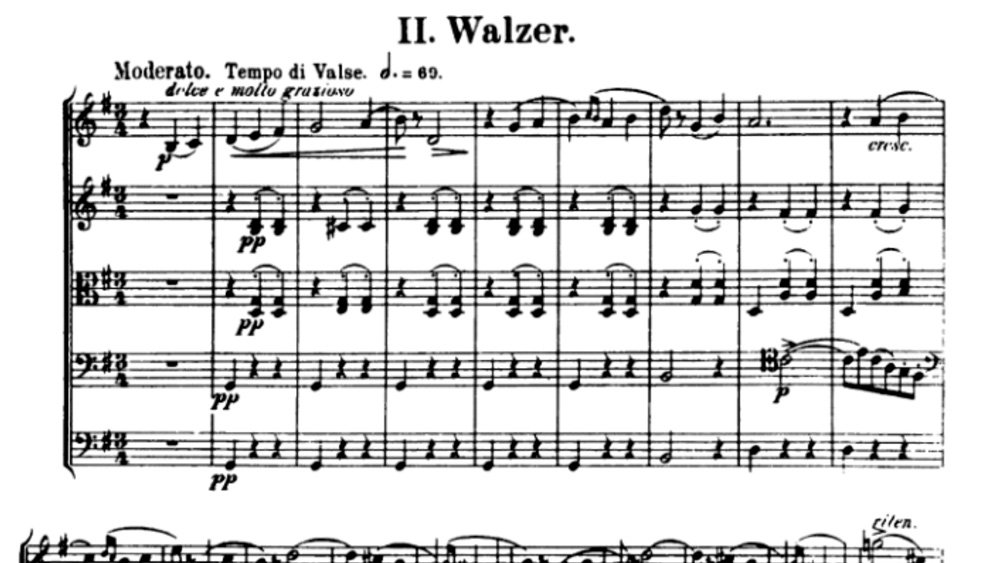
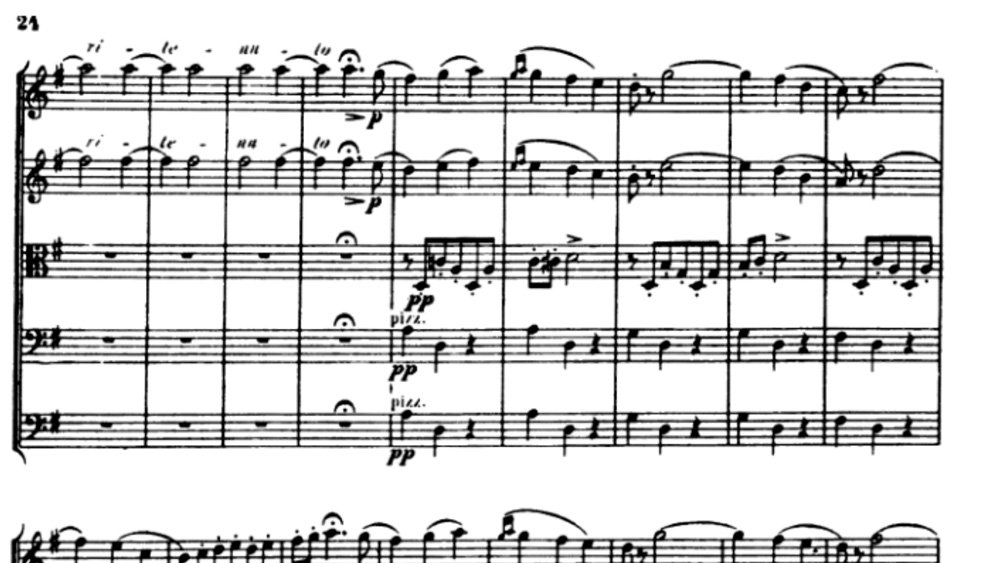
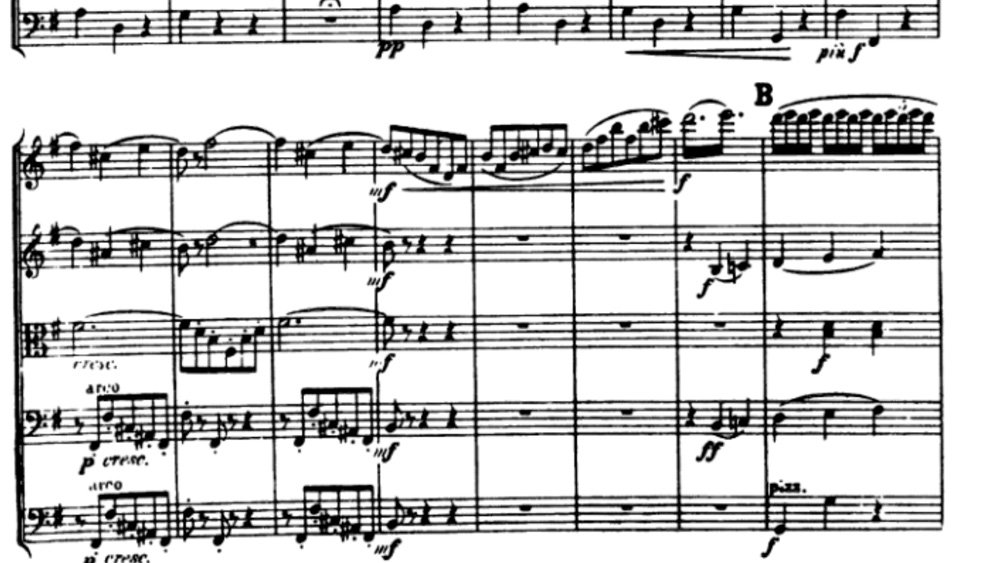
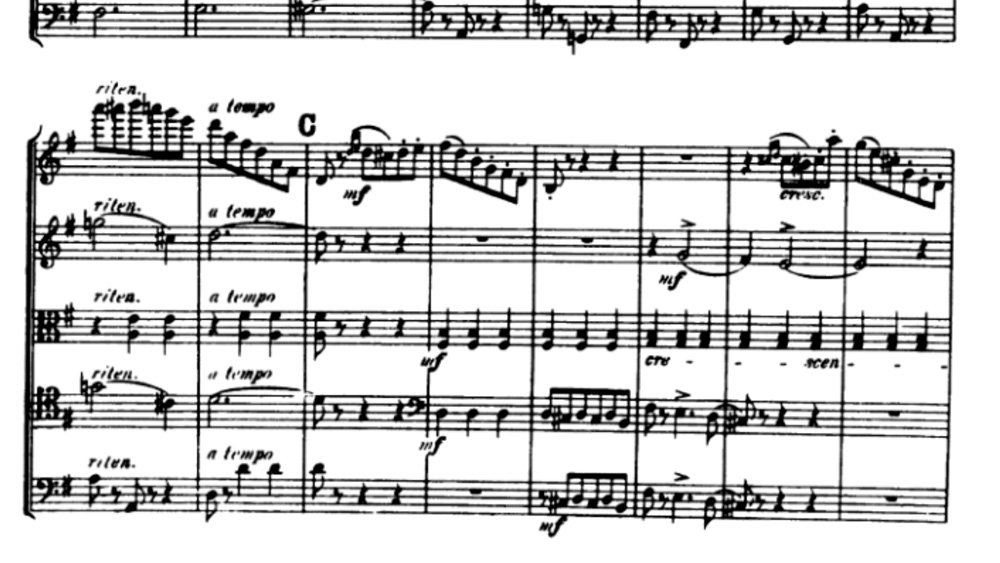
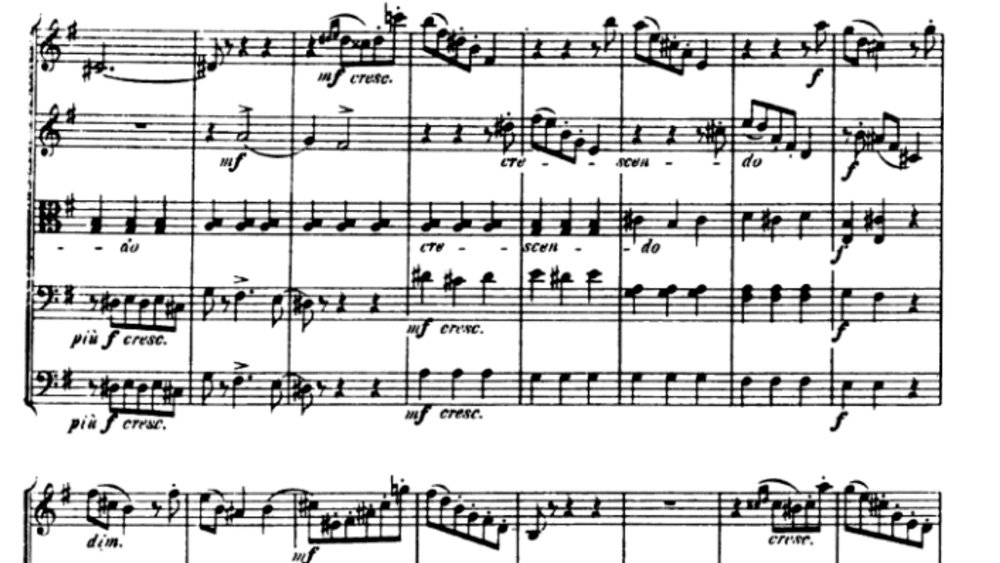
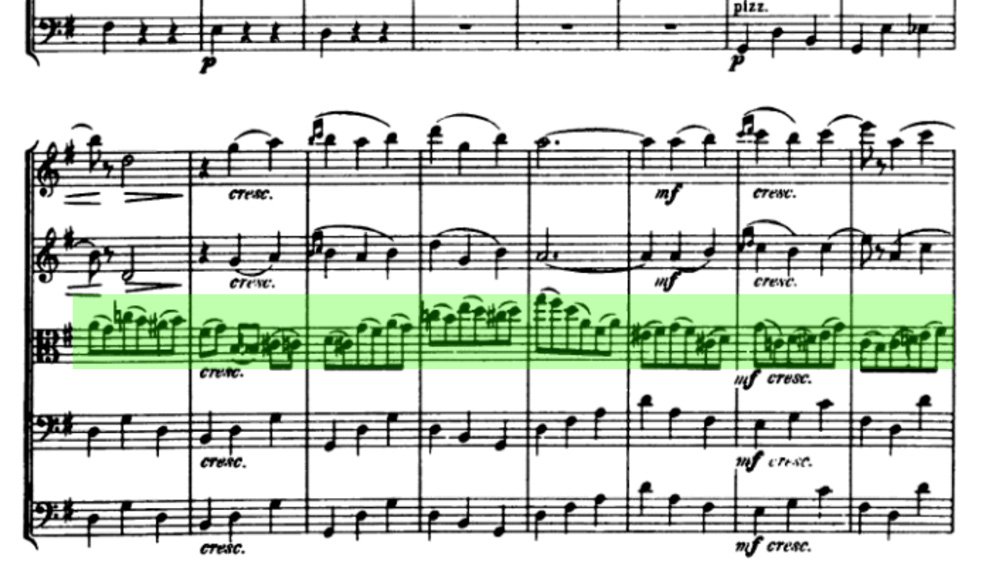
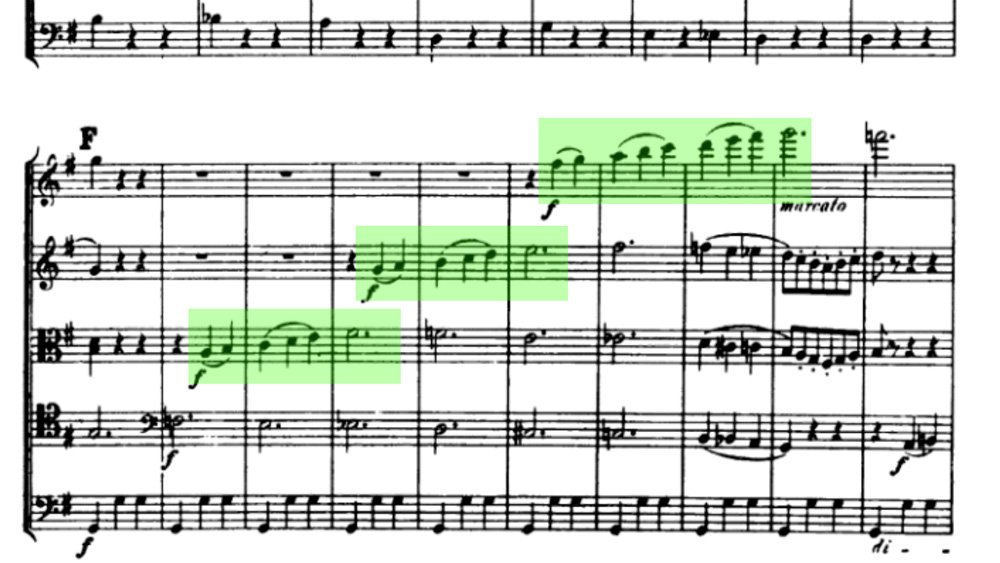
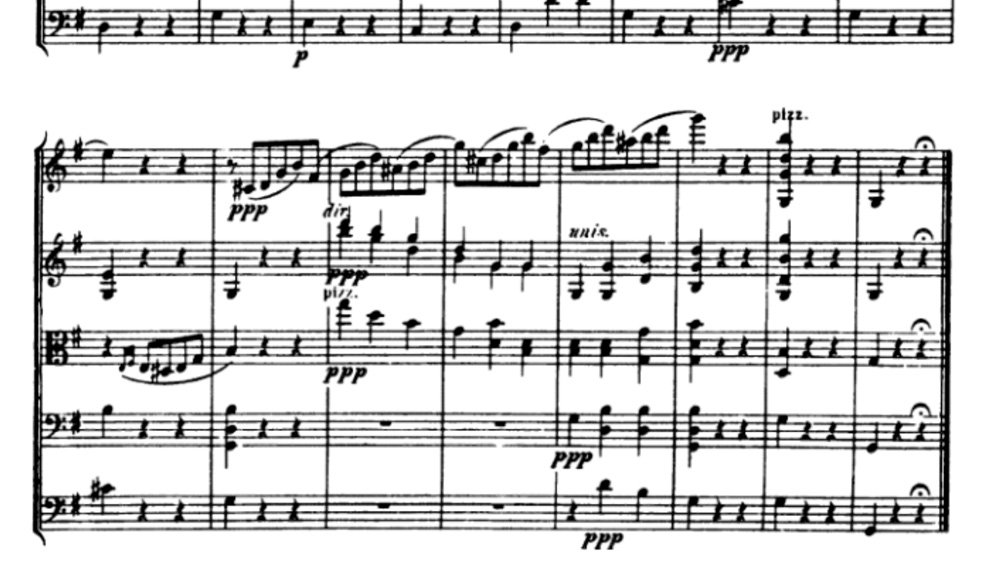
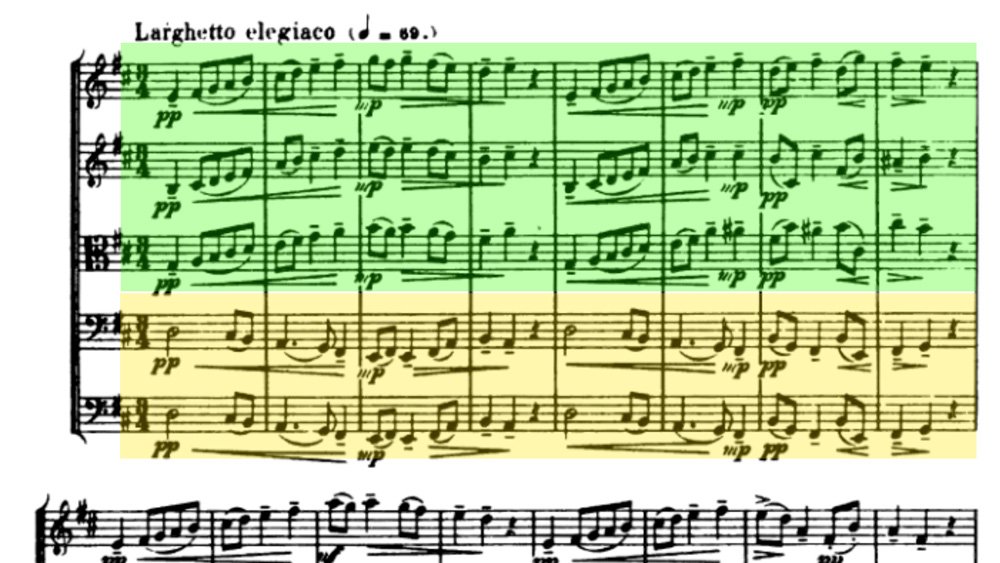
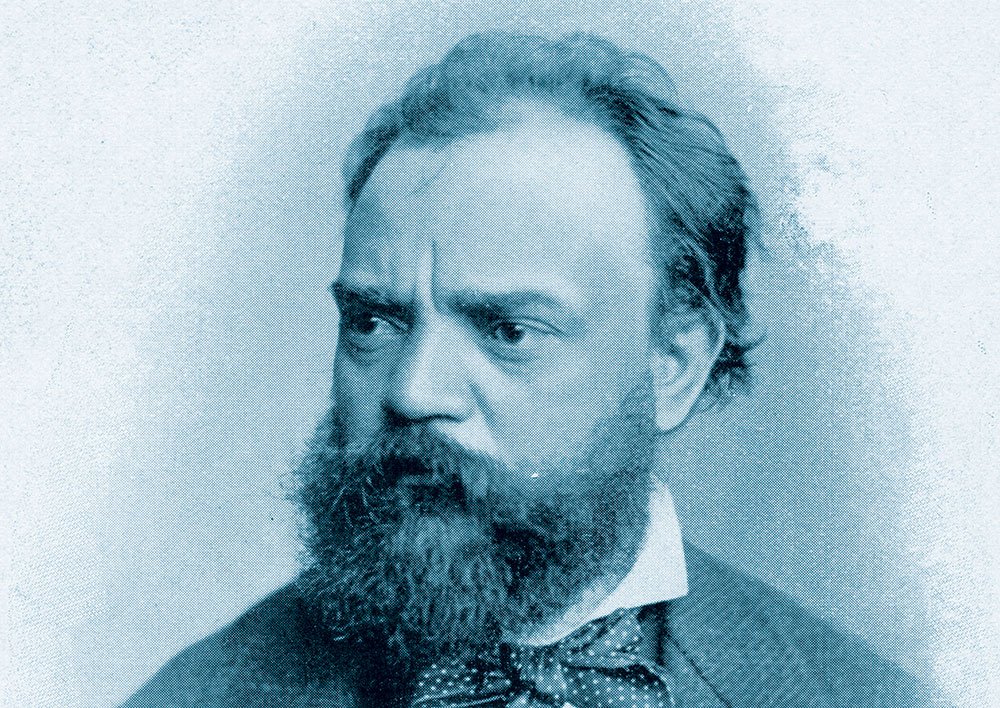

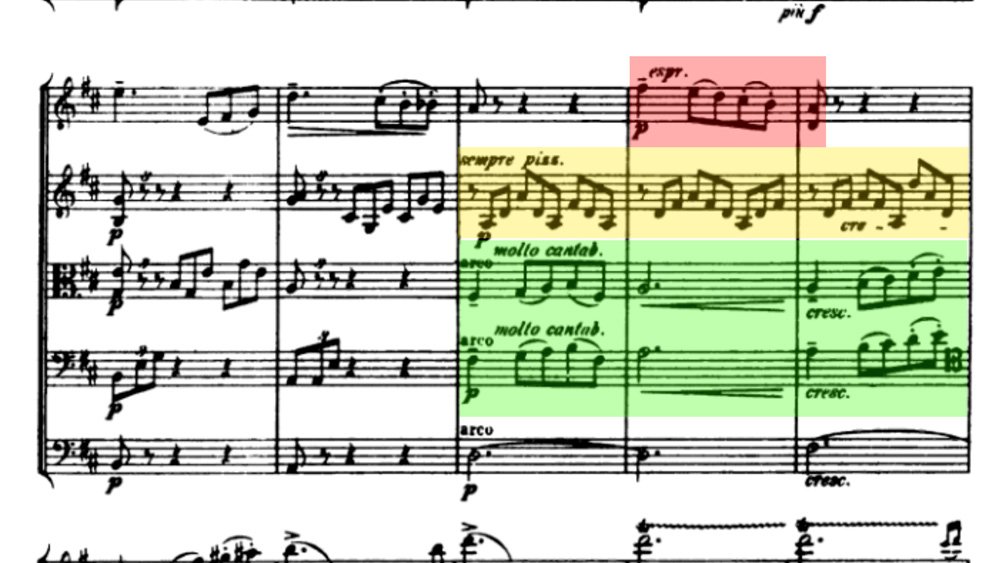

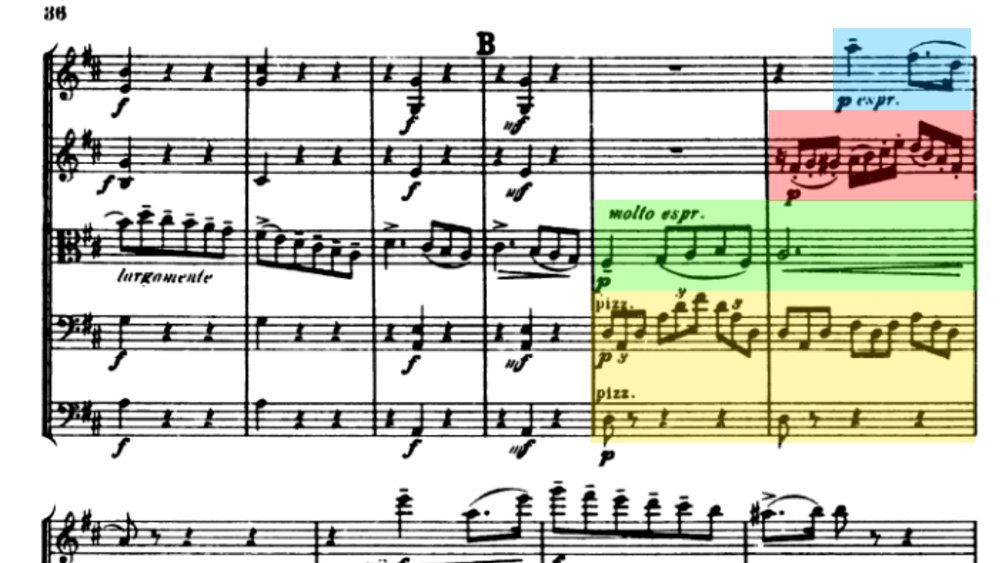
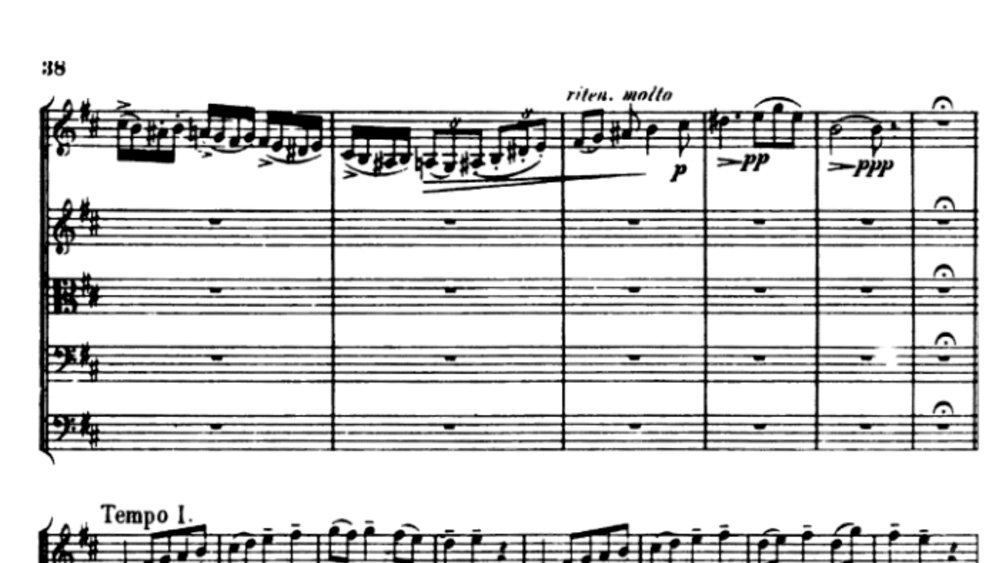
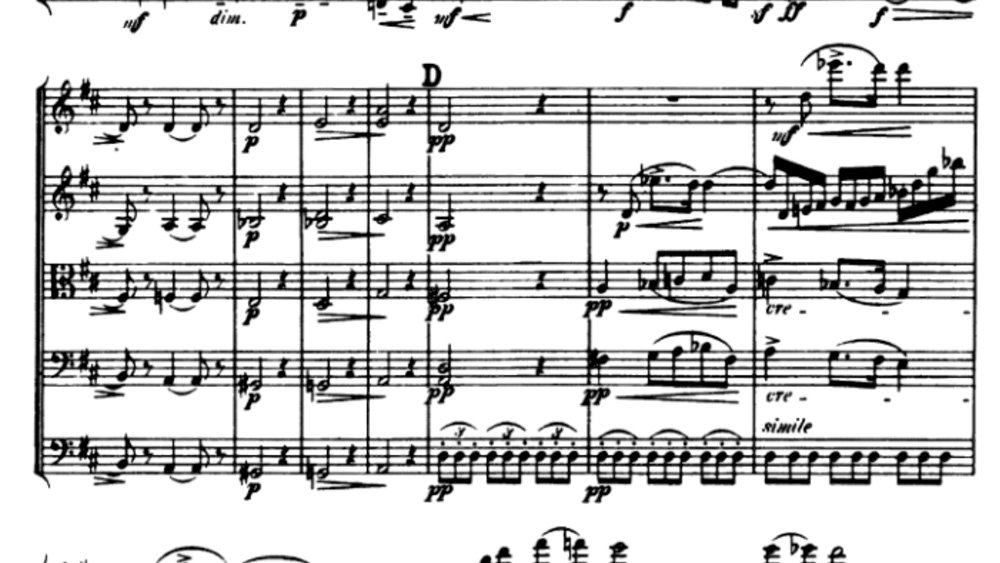
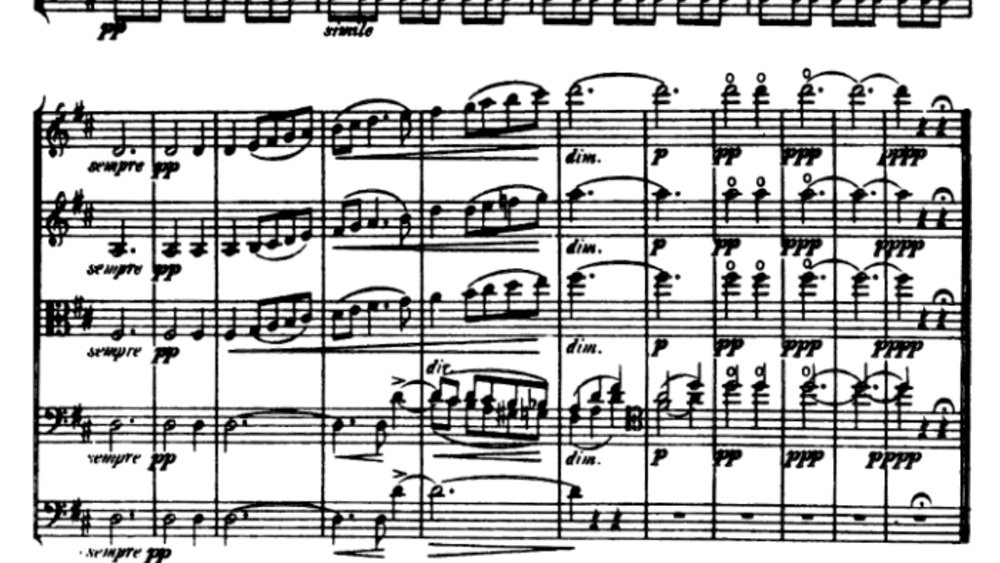
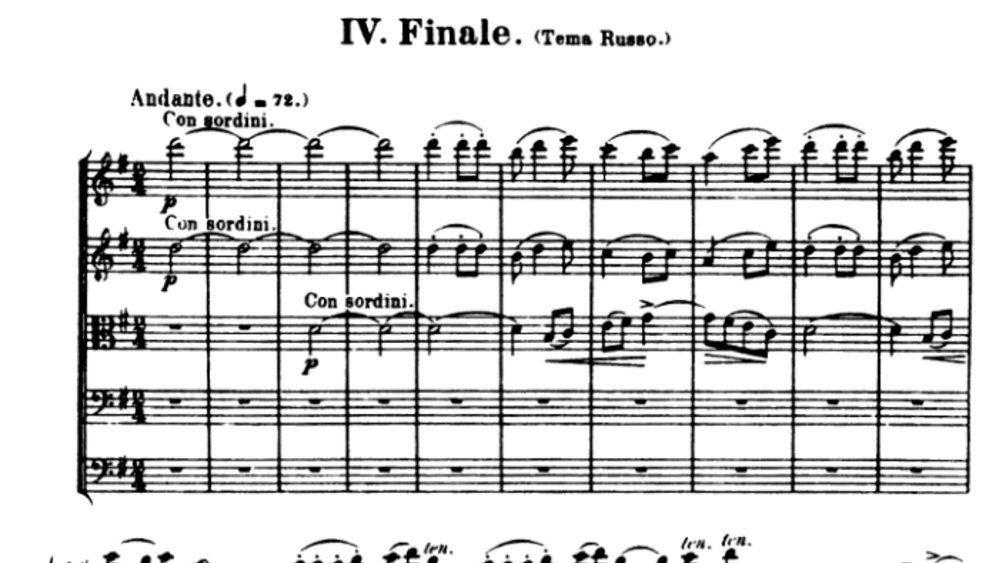

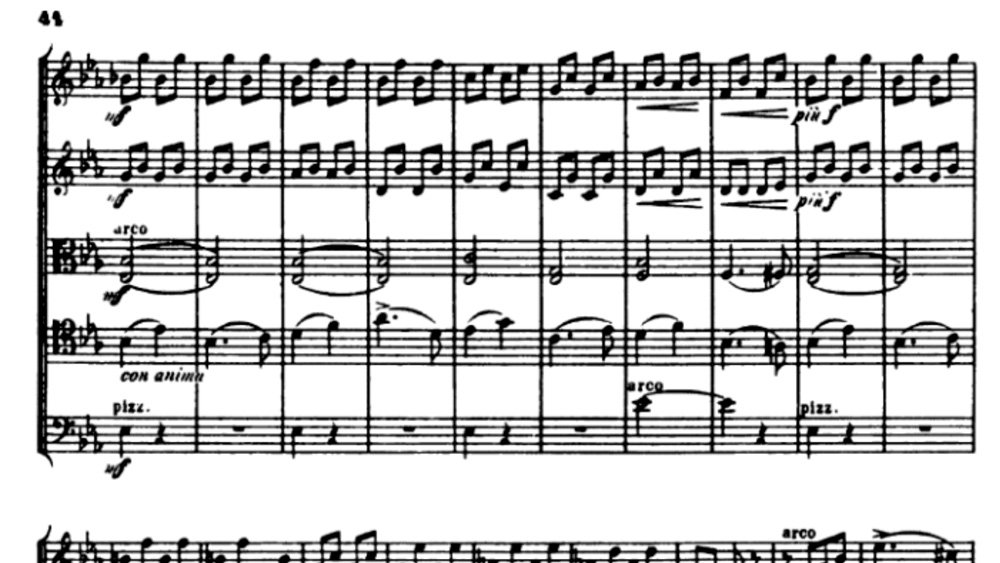
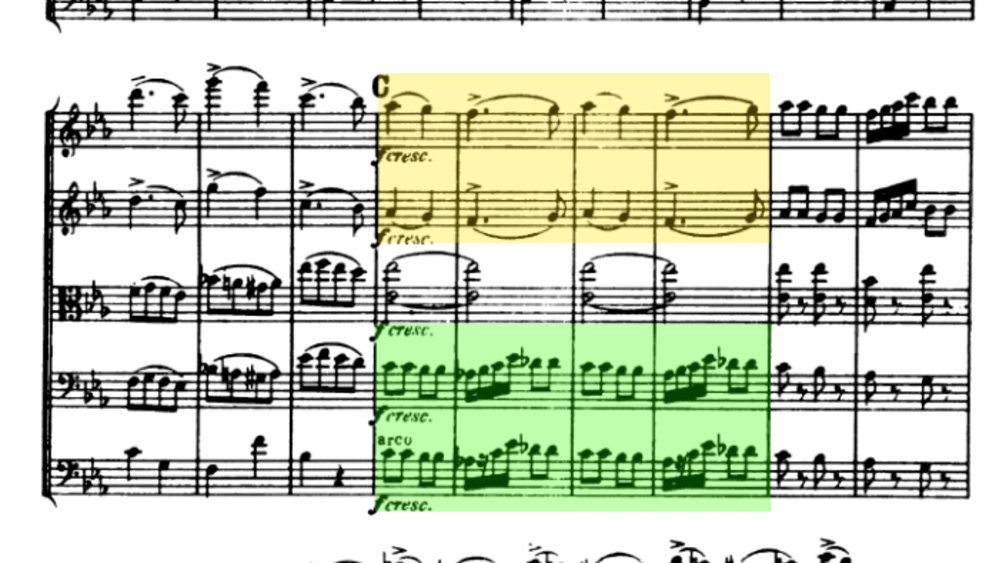
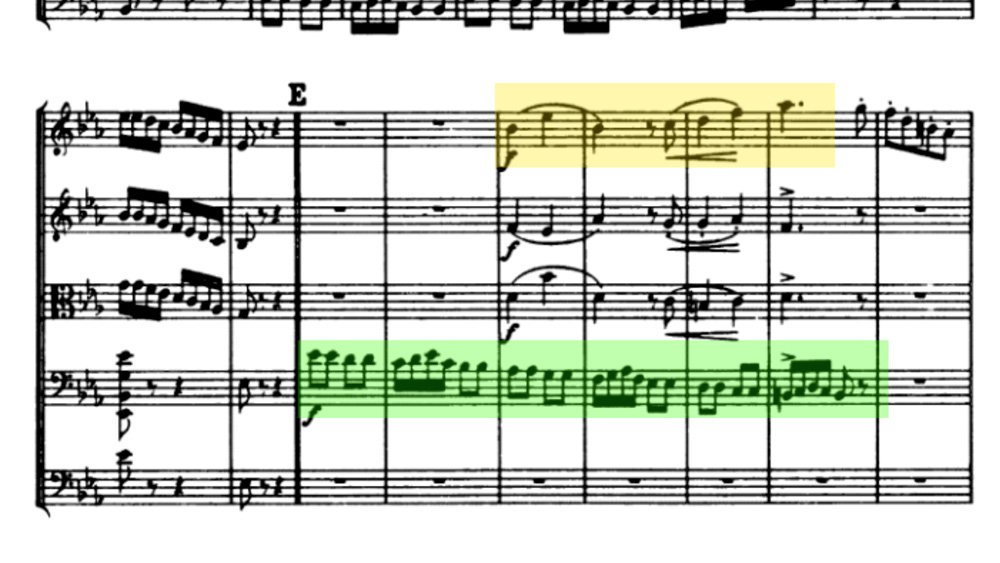
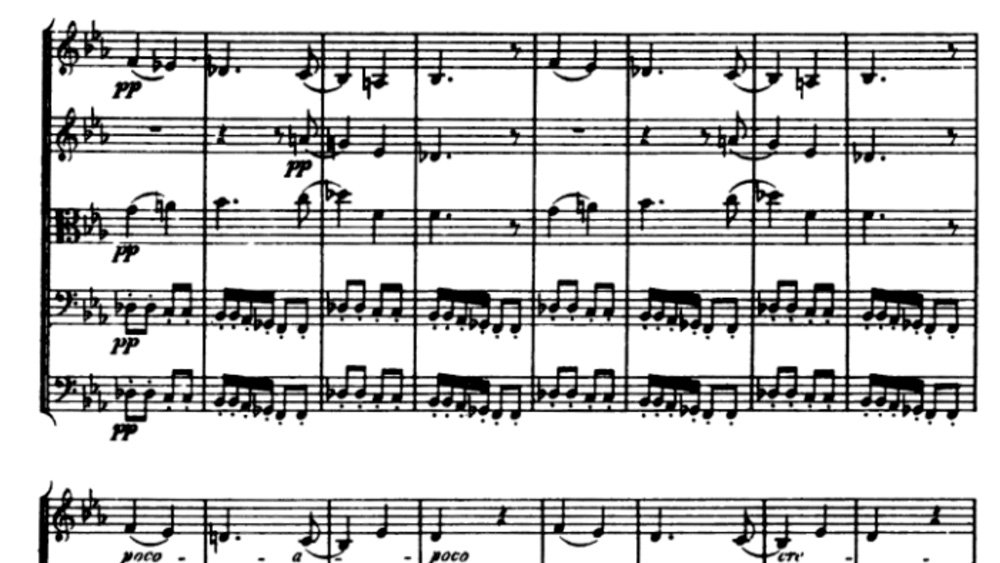
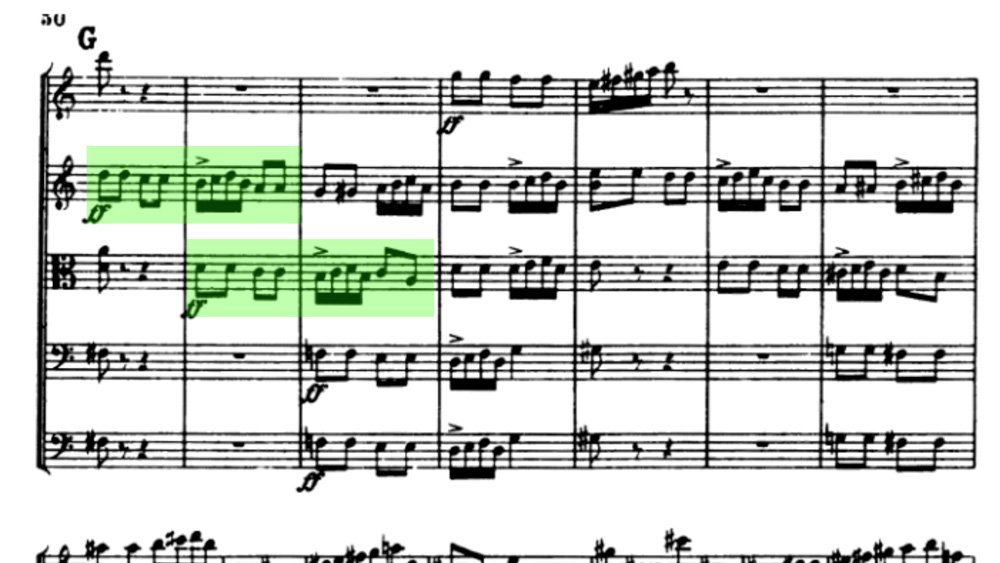
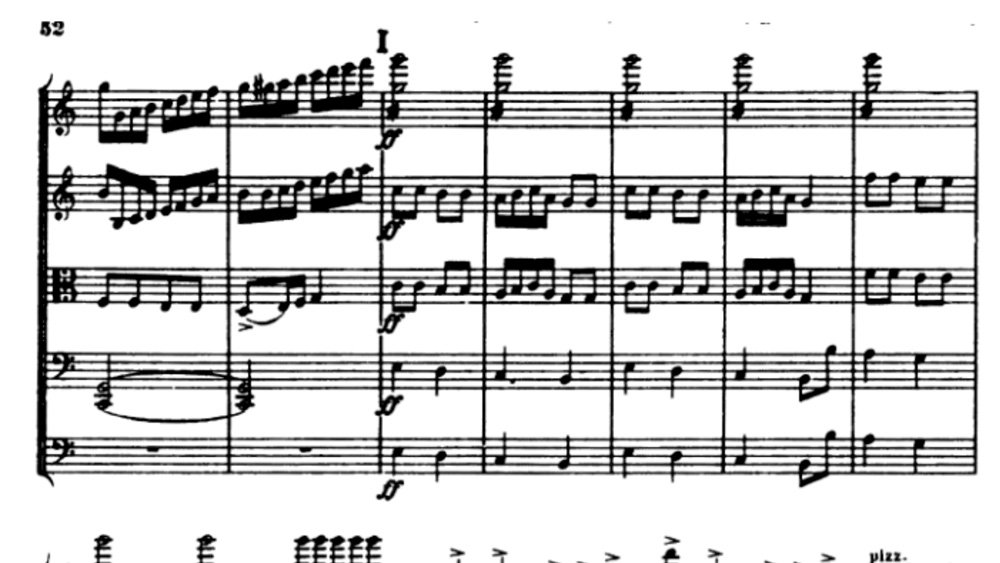




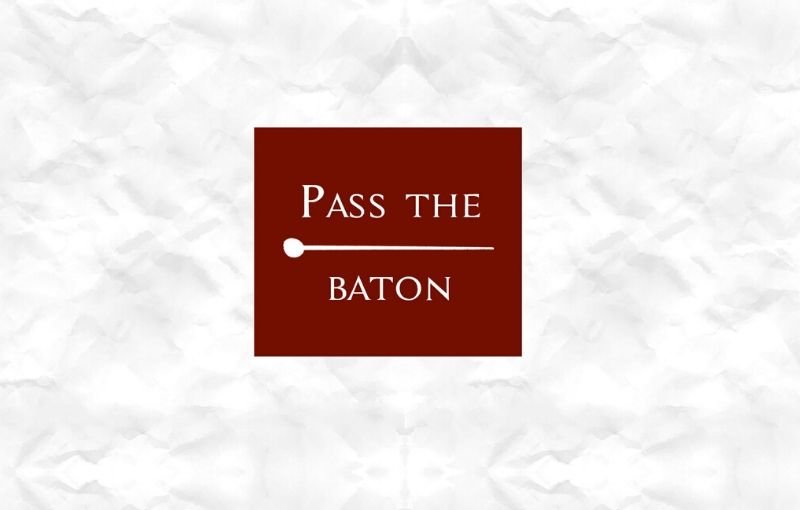
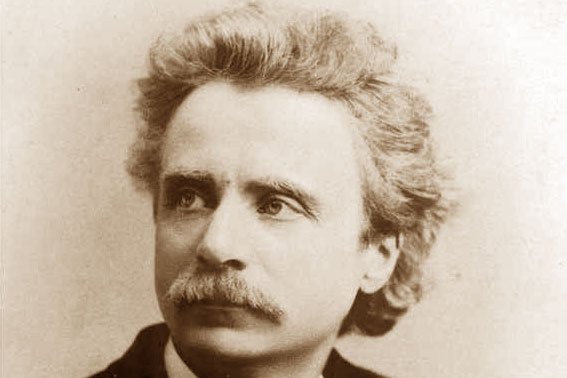
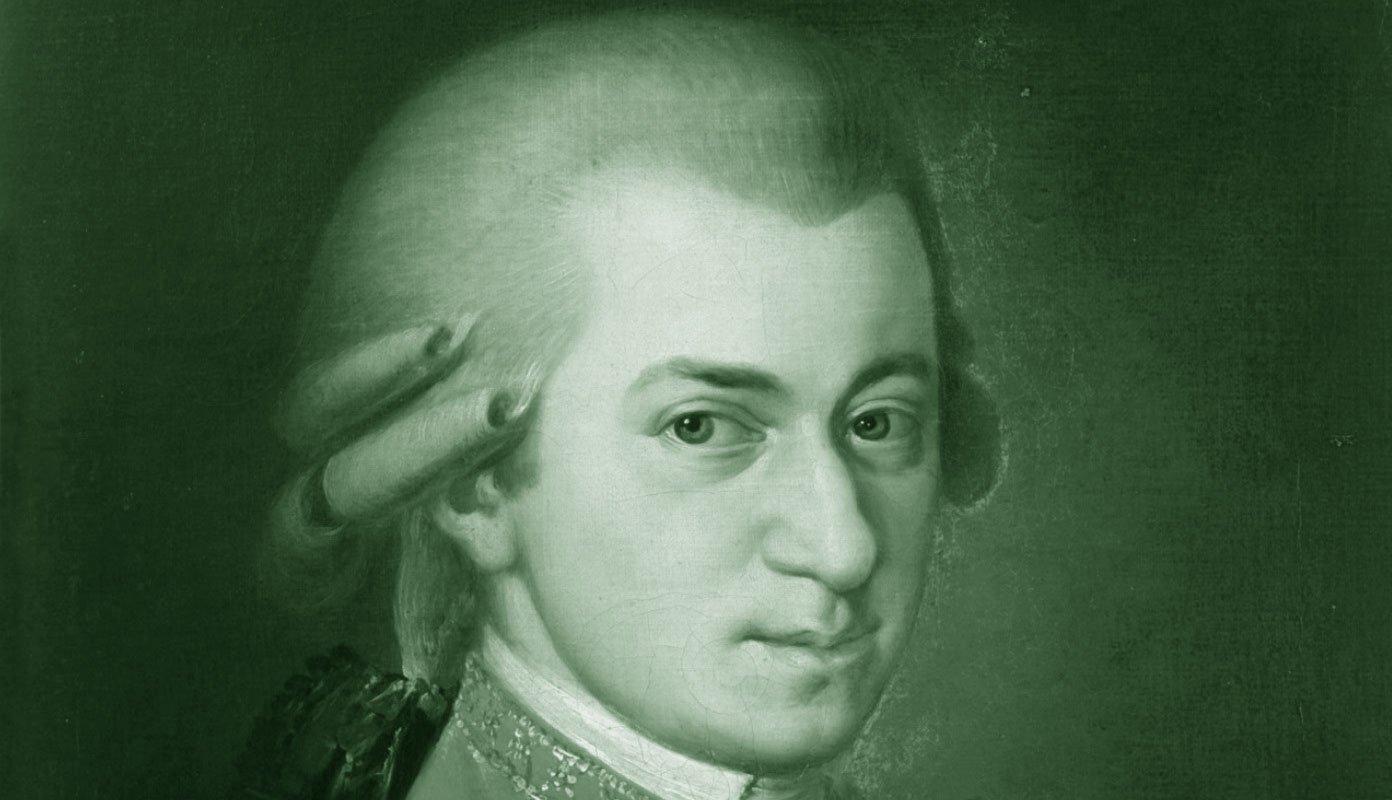


0 Comments